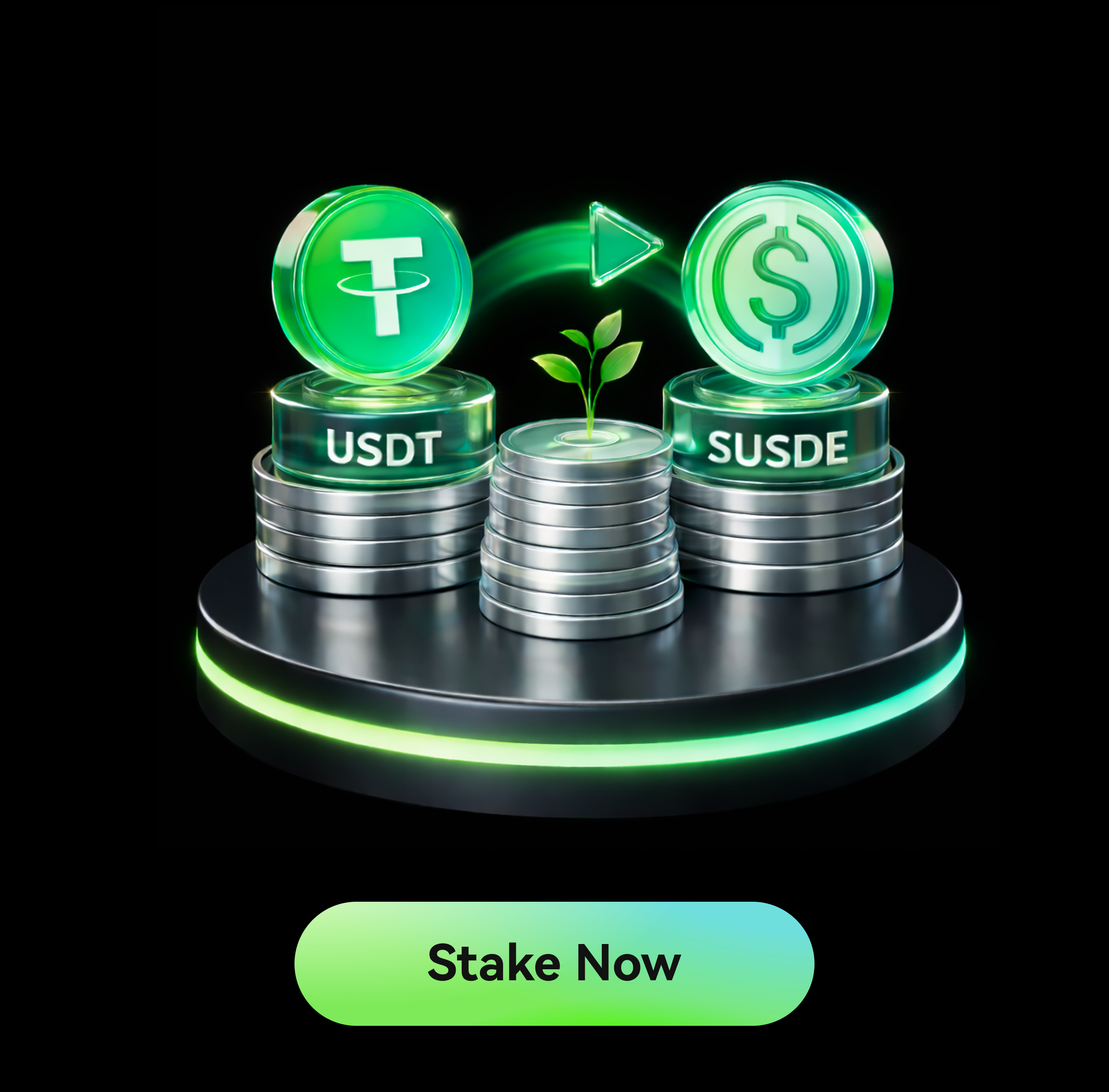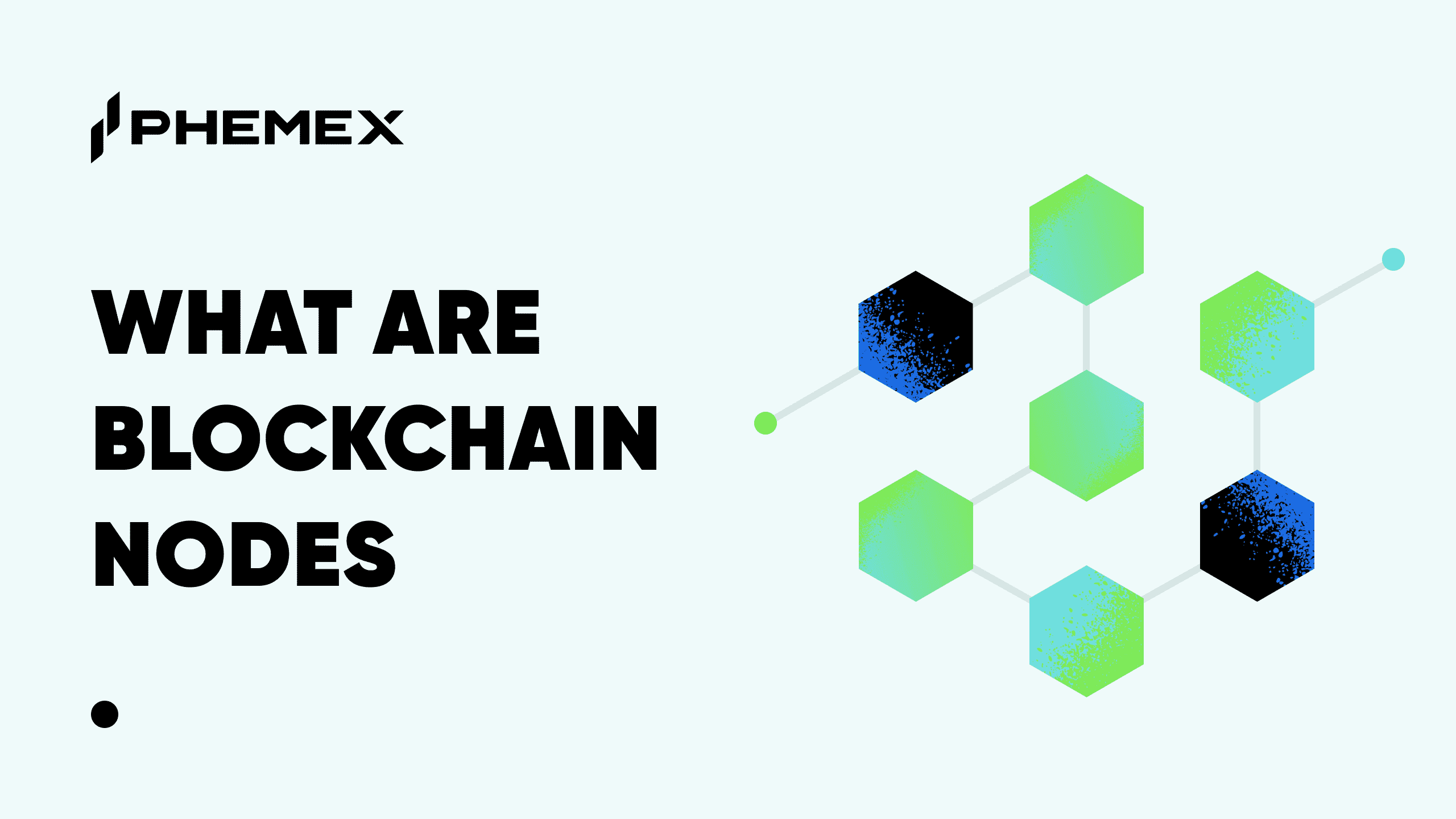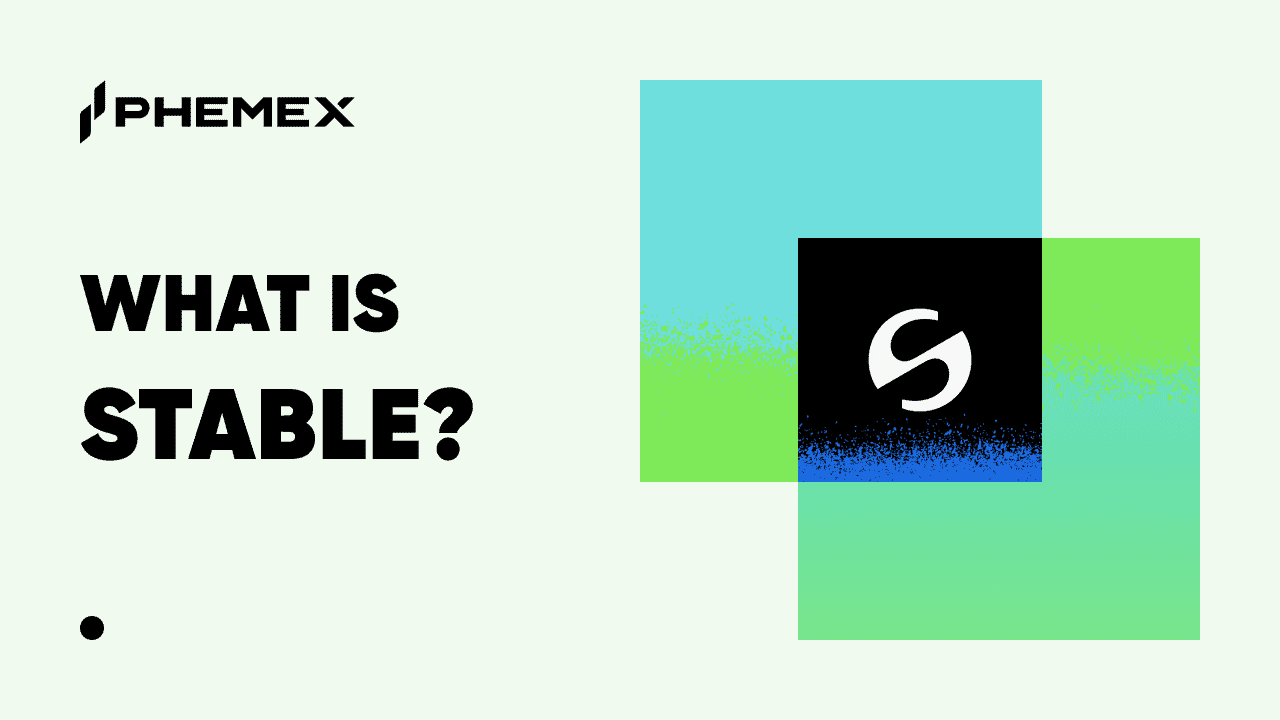The Ethereum Fusaka upgrade is a major network update, or hard fork, set to launch on December 3, 2025, designed to enhance Ethereum’s scalability, reduce costs, and improve efficiency, particularly for Layer 2 (L2) solutions like Arbitrum and zkSync. Named after the Fulu star (consensus layer) and Osaka city (execution layer), Fusaka builds on upgrades like The Merge and Dencun, advancing Ethereum’s roadmap to process massive transaction volumes while preserving decentralization and security. This Phemex guide breaks down Fusaka’s features, impacts, and significance for users, developers, and validators.
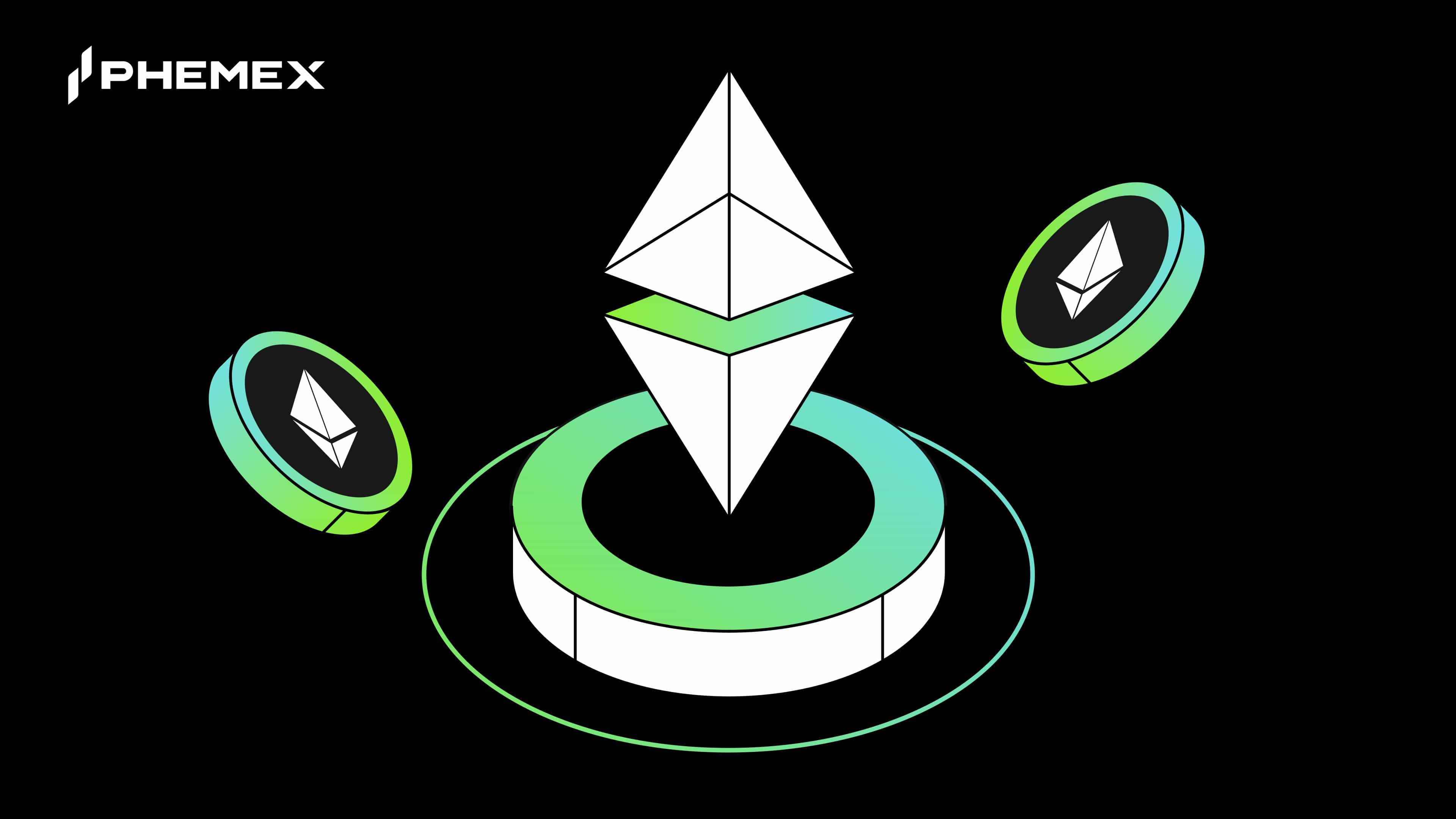
What Is the Ethereum Fusaka Upgrade?
The Fusaka upgrade is a significant hard fork bundling 12 Ethereum Improvement Proposals (EIPs) to optimize Ethereum’s infrastructure. It focuses on:
- Increasing transaction throughput: Handling more transactions per second (TPS).
- Lowering gas fees: Reducing costs, especially for L2 networks.
- Enhancing efficiency: Streamlining data and validator operations for lighter hardware requirements.
- Supporting decentralization: Ensuring home stakers can run nodes without heavy infrastructure.
Tested successfully on Holesky (Oct 1), Sepolia (Oct 14), and Hoodi (Oct 28) testnets, Fusaka’s final “dress rehearsal” on Hoodi ensures a smooth mainnet rollout.
Key Features of the Fusaka Hard Fork
Fusaka introduces transformative changes to Ethereum’s ecosystem. Below are its core components, explained in detail with technical precision and accessible language.
1. PeerDAS (EIP-7594): Supercharging Layer 2 Scaling
What it does: Peer Data Availability Sampling (PeerDAS), introduced via EIP-7594, revolutionizes how validators handle Layer 2 data. Instead of downloading entire “blobs” (large data chunks introduced in the Dencun upgrade for L2 rollups), validators can now verify small, randomly sampled portions of this data from other nodes. This drastically reduces bandwidth and storage requirements, making the network more efficient.
Impact:
- Massive L2 scaling: By increasing blob capacity from 12 to a target of 50 per block over time, PeerDAS enables L2 networks like Arbitrum, Optimism, and zkSync to process tens of thousands of TPS, compared to Ethereum’s current ~15–30 TPS on Layer 1.
- Lower fees: Reduced data costs translate to cheaper transactions on L2s, even during peak network congestion, making decentralized apps (dApps) like DeFi platforms or NFT marketplaces more affordable.
- Decentralization boost: Validators need less powerful hardware, allowing individuals with standard computers to participate in securing the network, aligning with Ethereum’s ethos of accessibility.
Why it matters: Ethereum co-founder Vitalik Buterin describes PeerDAS as “the key to layer-2 scaling.” It positions Ethereum as a robust settlement layer for high-volume transactions, enabling L2s to handle global-scale applications like payment systems or gaming platforms without sacrificing security.
2. Increased Block Gas Limit: More Transactions, Faster
What it does: Fusaka raises the block gas limit from 45 million to 150 million gas units. Gas measures computational effort, and a higher limit means each block can include more transactions or more complex smart contract operations, such as those in decentralized exchanges or lending protocols.
Impact:
- Higher throughput: Ethereum’s Layer 1 TPS increases from ~15–30 to ~40–60, depending on transaction complexity, reducing wait times for confirmations.
- Less congestion: More transactions per block ease network bottlenecks, potentially stabilizing gas fees, though fees still vary with market demand (e.g., during NFT launches).
- Hardware considerations: Nodes may need slightly upgraded processing power to handle larger blocks, but PeerDAS’s efficiency gains help offset this, keeping node operation viable for home stakers.
- L2 synergy: The increased capacity supports L2 rollups, which bundle thousands of transactions into a single Ethereum block, amplifying overall network scalability
Why it matters: A higher gas limit means faster, more reliable transactions for users and better support for L2s, which are critical for Ethereum’s vision of scaling without compromising decentralization.
3. Verkle Trees: Streamlined Data for Accessibility
What it does: Fusaka replaces traditional Merkle Trees with Verkle Trees, a more compact data structure for organizing blockchain state (e.g., account balances, smart contract data). Verkle Trees use smaller proofs, making data verification faster and less resource-intensive.
Impact:
- Light client support: Devices with limited power, like mobile phones or IoT devices, can run light clients to verify blockchain data without storing the entire chain, improving accessibility for users in low-resource environments.
- Reduced storage needs: Nodes require less disk space, lowering the barrier for individuals to run full nodes and contribute to network security.
- Future-proofing: Verkle Trees are a stepping stone to full Danksharding, a future upgrade that aims to massively increase Ethereum’s data capacity for even greater scalability.
Why it matters: By making data verification more efficient, Verkle Trees enhance Ethereum’s usability and decentralization, paving the way for broader adoption and future upgrades.
4. Blob Parameter Only (BPO) Forks (EIP-7892): Flexible Capacity
What it does: EIP-7892 introduces Blob Parameter Only (BPO) forks, which allow Ethereum to gradually increase blob capacity (e.g., from 10 to 15, then 14 to 21 blobs per block) without requiring full network-wide hard forks. These adjustments are scheduled to roll out post-mainnet, starting December 17, 2025.
Impact:
- Dynamic scaling: BPO forks enable Ethereum to adapt blob throughput as L2 adoption grows, preventing network strain during sudden demand spikes (e.g., during DeFi booms).
- L2 growth: Higher blob capacity supports more transactions on rollups, ensuring L2s can scale alongside Ethereum without bottlenecks.
- Network stability: Incremental changes reduce the risk of disruptions compared to major upgrades, maintaining reliability for dApps and users.
Why it matters: BPO forks provide a flexible mechanism to scale Ethereum’s data layer, ensuring long-term support for L2 ecosystems critical to applications like decentralized finance and gaming.
5. EVM and Security Enhancements: Smarter, Safer Contracts
What they do: Fusaka includes several EIPs to optimize the Ethereum Virtual Machine (EVM) and bolster security:
- EIP-7823 & EIP-7883: Adjust gas pricing for the ModExp precompile, limiting input sizes to prevent denial-of-service attacks and ensuring fair costs for cryptographic operations used in protocols like zero-knowledge proofs.
- EIP-7910: Introduces the eth_config tool, allowing node operators to query fork schedules and configuration data directly, simplifying the upgrade process.
- EIP-7934: Imposes hard limits on block size (in bytes, not just gas) to protect against performance degradation from maliciously crafted transactions.
- EIP-7951: Adds support for the secp256r1 elliptic curve, aligning Ethereum with Web2 security standards for better wallet interoperability with platforms like Apple Pay.
Impact:
- Efficient smart contracts: Optimized gas pricing improves performance for dApps, reducing costs for developers and users.
- Enhanced security: Limits on block size and ModExp protect against attacks, ensuring network reliability.
- Developer-friendly tools: eth_config streamlines node management, while secp256r1 support expands wallet options, benefiting users and institutions.
Why it matters: These enhancements make Ethereum’s infrastructure more secure, efficient, and accessible, supporting a growing ecosystem of dApps and enterprise use cases.
6. Fee Market Refinements (EIP-7918): Stable Blob Costs
What it does: EIP-7918 introduces a reserve price for blob fees, preventing them from dropping to unsustainable levels (e.g., 1 wei) during low demand. This ensures a minimum cost for L2 data availability.
Impact:
- Predictable pricing: L2 operators face stable costs, making it easier to plan and operate rollups, which benefits users through consistent transaction fees.
- Economic balance: The reserve price maintains incentives for validators to process blobs, ensuring network reliability.
- L2 adoption: Stable fees encourage developers to build on L2s, driving innovation in areas like DeFi, NFTs, and decentralized social platforms.
Why it matters: By stabilizing the fee market, Fusaka fosters a sustainable economic model for L2s, making Ethereum more attractive for developers and users alike.
How Does the Fusaka Upgrade Affect You?
Fusaka’s changes ripple across Ethereum’s ecosystem, impacting various stakeholders in distinct ways:
- Everyday Users: If you use Ethereum-based dApps (e.g., Uniswap, OpenSea, or L2 platforms like Arbitrum), you’ll experience faster transaction confirmations and lower fees, especially on L2s. Network stability during high demand (e.g., during token launches) means fewer delays and cost spikes, improving your experience with DeFi, NFTs, or gaming.
- Developers and Builders: If you’re building dApps, Fusaka’s larger blob capacity and EVM optimizations give you more room to create complex applications, like decentralized exchanges or prediction markets. Tools like eth_config simplify node management, while secp256r1 support enhances wallet compatibility, making your dApps more accessible.
- Validators and Node Operators: If you run a node or stake ETH, PeerDAS and Verkle Trees reduce bandwidth and storage needs, lowering your operating costs. While the higher gas limit may require minor hardware upgrades for some, the overall requirements remain accessible, keeping staking viable for individuals with standard setups.
- Institutions and Enterprises: If you’re a staking provider, custody platform, or enterprise user, Fusaka’s cheaper L2 transactions reduce costs for high-volume operations. Enhanced security (e.g., ModExp limits, block size caps) aligns with enterprise-grade needs, while improved wallet interoperability supports integration with mainstream financial systems.
- Traders: If you trade ETH or Ethereum-based tokens on exchanges or decentralized platforms, Fusaka’s improvements could influence your trading environment. The increased block gas limit (from 45M to 150M) and PeerDAS-driven L2 scaling boost transaction throughput, potentially reducing network congestion and stabilizing gas fees during high-volatility periods, like token launches or market surges. Lower L2 fees make frequent trading on platforms like Arbitrum or zkSync more cost-effective, especially for high-frequency strategies. However, ETH’s price remains volatile, with macroeconomic factors and exchange inflows potentially overshadowing Fusaka’s technical upgrades. Traders should monitor market sentiment and network performance post-launch, as past upgrades (e.g., Pectra) saw mixed price impacts.
Fusaka ensures Ethereum works better for everyone, whether you’re sending ETH, building a dApp, securing the network, running a crypto business, or trading tokens.
Why Fusaka Is Critical for Ethereum’s Future
Fusaka is a pivotal step in Ethereum’s scaling roadmap, delivering transformative benefits:
- Massive scalability: By enabling L2s to target 100,000 TPS, Fusaka positions Ethereum to compete with high-speed blockchains like Solana or Polygon, supporting global applications from payments to supply chain tracking.
- Cost reduction: Lower fees for users and institutions make Ethereum more accessible for everyday transactions and enterprise adoption, broadening its use cases.
- Decentralization commitment: By keeping node operation affordable through PeerDAS and Verkle Trees, Fusaka upholds Ethereum’s ethos of inclusivity, ensuring no central entity controls the network.
- Foundation for future upgrades: Fusaka sets the stage for Glamsterdam (2026), which may introduce proposer-builder separation (to prevent censorship) and faster block times for even quicker transactions.
These advancements solidify Ethereum’s role as a leading blockchain, capable of supporting a decentralized, global economy.
Challenges of the Fusaka Hard Fork
Fusaka’s ambitious changes come with potential hurdles:
- Hardware Demands: The increased gas limit requires nodes to process more data, which could strain older setups with limited processing power or memory. However, PeerDAS and Verkle Trees significantly reduce bandwidth and storage needs, mitigating this issue for most operators.
- ETH Price Uncertainty: As of November 2025, ETH trades at $3,760, down 2.3% weekly, with bearish signals like increased exchange inflows suggesting selling pressure. While past upgrades like Pectra sparked price surges, macroeconomic factors (e.g., interest rates, global markets) may overshadow Fusaka’s technical achievements, leading to unpredictable price movements.
- Coordination Complexity: Managing 12 EIPs and multiple BPO forks requires precise execution across Ethereum’s global network of developers, validators, and node operators. The successful testnet runs and a $2 million bug bounty program bolster confidence, but the scale of the upgrade demands flawless coordination to avoid disruptions.
Addressing these challenges is critical to Fusaka’s success and Ethereum’s long-term growth.
Fusaka Upgrade Timeline and Next Steps
Fusaka’s rollout follows a rigorous schedule to ensure stability:
- Testnets: Completed successfully on Holesky (October 1), Sepolia (October 14), and Hoodi (October 28), with Hoodi serving as the final rehearsal for mainnet.
- Mainnet Launch: Scheduled for December 3, 2025, marking the official activation of Fusaka’s EIPs, including PeerDAS, Verkle Trees, and the gas limit increase.
- BPO Forks: Post-mainnet adjustments to blob capacity, starting with BPO1 on December 17, 2025, and BPO2 on January 7, 2026, to gradually scale L2 throughput.
- Future Upgrades: Fusaka lays the groundwork for Glamsterdam (2026), which will further enhance Ethereum’s scalability and efficiency, potentially introducing features like faster block times and advanced censorship resistance.
This timeline reflects Ethereum’s methodical approach to scaling while maintaining reliability.
Conclusion: Fusaka’s Role in Ethereum’s Evolution
The Ethereum Fusaka upgrade, launching December 3, 2025, transforms Ethereum into a faster, cheaper, and more efficient blockchain, particularly for L2 networks. With innovations like PeerDAS, a 150M gas limit, Verkle Trees, and a suite of EIPs, it addresses scalability and cost challenges while reinforcing decentralization.
Everyday users enjoy lower fees, developers gain tools for innovation, validators benefit from easier operations, and institutions leverage enhanced security. Despite uncertainties around ETH’s price, Fusaka cements Ethereum’s leadership in blockchain technology, setting the stage for future upgrades like Glamsterdam. Learn more about Ethereum’s evolution at Phemex Academy.


